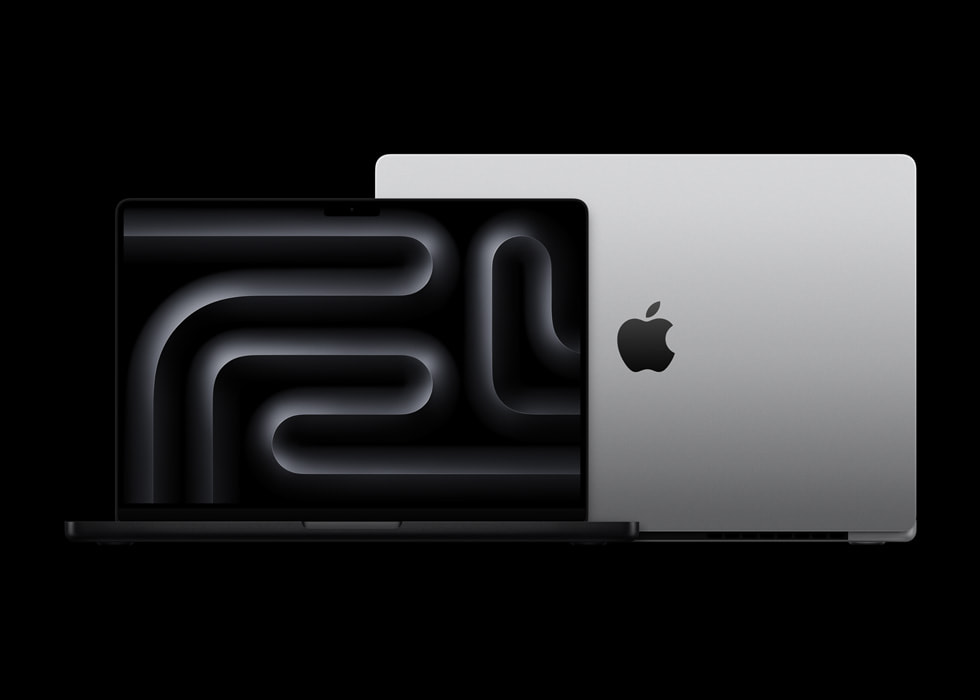Apple just rolled out new MacBook Air and Mac Studio models, packed with speedy M4 and M3 Ultra chips. They also tossed in extras like Thunderbolt 5 ports for the Mac Studio. But one thing they didn’t upgrade? Wi-Fi. These new Macs stick with Wi-Fi 6E instead of jumping to the newer, faster Wi-Fi 7.
Wi-Fi 6E is solid—it taps into the 6GHz band for smoother connections on compatible routers. But Wi-Fi 7 (also called IEEE 802.11be) is a step ahead. It promises speeds up to four times quicker, less lag, and better handling of lots of devices at once. Its coolest trick, Multi-Link Operation (MLO), mixes different frequencies into one strong connection for improved speed and reliability.
So why didn’t Apple go for Wi-Fi 7? It’s not a total shock—last year’s M4 MacBook Pros also skipped it. Still, it’s a bit weird when you see all iPhone 16 models from September rocking Wi-Fi 7 chips from Broadcom. The Macs, though, stay a step behind.
That said, Wi-Fi 7 isn’t a big deal yet. Even on the iPhone 16, Apple caps it at a 160 MHz bandwidth instead of the full 320 MHz Wi-Fi 7 can handle, so the phones aren’t using its full power anyway. Plus, not many people have Wi-Fi 7 routers at home yet. The Wi-Fi 6E in these Macs already uses the 6GHz band, which is less crowded and works great for most needs.
Sure, Wi-Fi 7 could make the Macs more future-ready, but its real perks won’t shine until more folks upgrade their setups. For now, Wi-Fi 6E does the job well enough for things like video calls, cloud gaming, and streaming in high quality. Bottom line? If you’re eyeing an M4 Mac, don’t sweat the missing Wi-Fi 7. The tech’s still new, and Wi-Fi 6E keeps things running smoothly for everyday use. You’re not missing out on much—yet!
